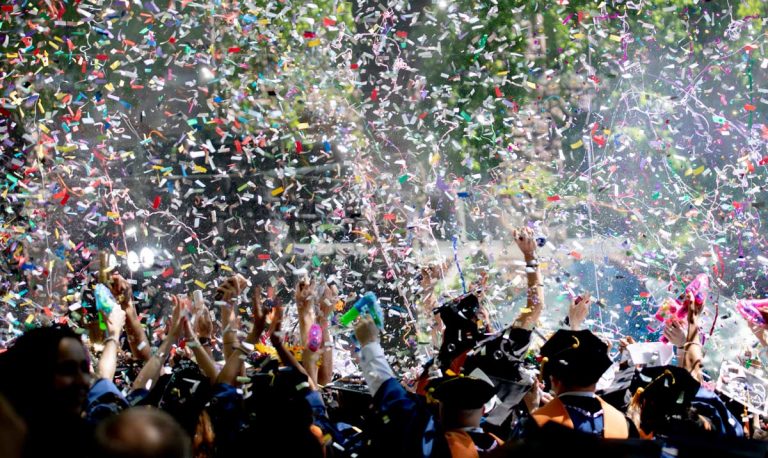Connecticut high schools to become first to offer black and Latino studies in 2022
In autumn 2022, Connecticut will require high schools to offer African-American, Black, Puerto Rican and Latino studies, becoming the first state in the US to do so. Connecticut Governor Ned Lamont announced the news last week on Wednesday 9 December after signing the law, the Public Act 19-12, last year. What does this law require exactly and which students will take these new classes?
What is the Connecticut Public Act 19-12?
The law requires high schools to “include an elective course of studies at the high school level that provides students with a better understanding of the African-American, Black, Puerto Rican, and Latino contributions to United States history, society, economy, and culture,” according to a press release.
While high schools in the state will be required to offer the new course, students will not be required to take it. Schools may start to offer the course in 2021 and will be required to offer it during the school year that begins in the fall of 2022.
The new curriculum will focus on an inquiry-based approach that will include both content knowledge and student identity development. The course, which will take a year to be completed, is hoped to lead to better racial relations in communities and a more inclusive state.
Why this sudden change now?
The change comes as school districts across the country pay more and more attention to diversifying ‘K-12 curriculums’ (subjects taught in school from grades kindergarten through twelve), as communities assess what history is taught in schools and what is left out.
In a statement, Governor Lamont said “this is a step that is long overdue. Increasing the diversity of what we teach is critical to providing students with a better understanding of who we are as a society and where we are going.”
“Adding this course in our high schools will be an enormous benefit not only to our Black and Latino students, but to students of all backgrounds because everyone can benefit from these studies,” he further explained. But Lamont was not the only one to praise the move.
Miguel Cardona, the education commissioner of the state said that 27 per cent of students in the state identify as Hispanic or Latino and 13 per cent identify as black or African American.
“Identities matter,” Cardona said in a statement. “This curriculum acknowledges that by connecting the story of people of color in the US to the larger story of American history. The fact is that more inclusive, culturally relevant content in classrooms leads to greater student engagement and better outcomes for all.”
The Connecticut Public Act 19-12 passed due in large part to the strong advocacy of students from around the state and the legislative leadership of State Representative Bobby Gibson and State Senator Doug McCrory.
Meanwhile in Connecticut, another bill has been proposed to require the teaching of Native American history, which is currently recommended but not required.






